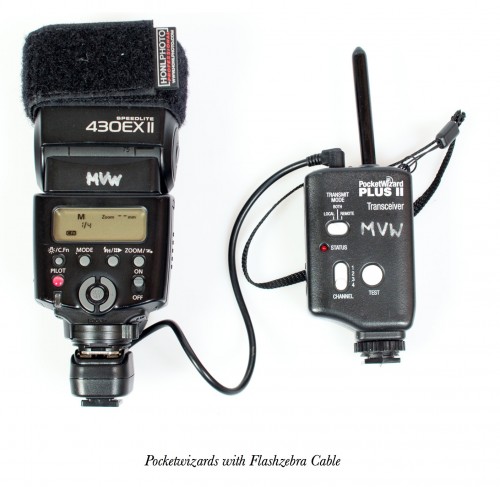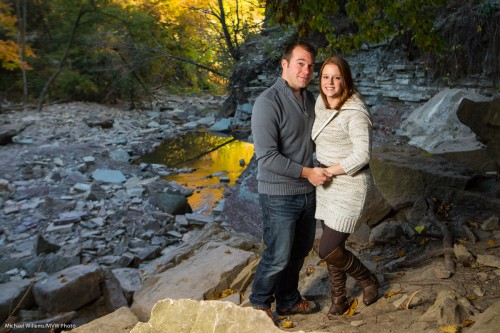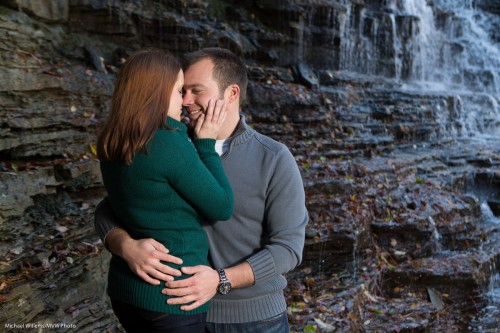When you use an off-camera flash, you somehow have to connect that flash to your camera.
How?
You could use an old-fashioned cable, of course. But cables are a bit of a pain: they have people fall, or drag cameras to the floor, their connector reliability is less than stellar, and they are hard to get. But fortunately, there is good news: there are a few other practical ways to connect your flash or flashes to your camera.
Let’s look at all possible ways to connect:
- Using a cable from camera to flash. As said, not a terribly good idea.
- Using optical remote operation; using the “TTL”-system built into the flash. This works well, but only if there is line of sight, or a reflected light path, between camera and all remote flashes.
- The same, but using radio; the system is built into the flash (currently, Canon 600EX only).
- Operation using “TTL” (full function) radio triggers (e.g. Pocketwizard Flex, Yongnuo 622).
- Operation using “Simple” (restricted function) radio triggers (e.g. the “old” Pocketwizards, Yongnuo 603) and a special cable from Pocketwizard to flash.
This short article is about the question “4 or 5?”. i.e. you have decided to use wireless triggers, like Pocketwizards, and now the question is :”which ones: triggers that give you full TTL control or just simple ones that do not support TTL, i.e. that need you to set flash power manually.”
In this case, I argue for 5.
Why? Why not use TTL control?
- When doing pro shoots with Off-Camera Flash (OCF) you are more likely to use manual flash settings than TTL anyway, so the additional benefit of TTL is minor, and needs to be offset against the following drawbacks.
- Triggers that support TTL (Through The Lens metering) need to be reverse engineered, since the protocols are proprietary. Reverse engineering always carries the risk that it will not always work properly under all circumstances, now or in the future. (The history of the TTL Pocketwizards proves this.)
- TTL triggers need to use all the contacts on the flash, as opposed to the single contact a simple manual system needs (ground plus one signal lead). And again, extra stuff means extra complexity, which carries with it the risk of malfunction.
- TTL triggers need to send actual data. Non-TTL triggers merely turn a switch, as it were; a signal lead without binary data. As before: complexity…
- TTL triggers are brand-specific (you cannot use a Nikon Flex on a Canon camera, for instance). So if you have a problem you cannot just reach out and borrow one from a colleague. You need to stick with Nikon- or Canon-versions of your triggers.
- Because of their complexity, TTL triggers need firmware updates. One more thing to worry about: life is complicated enough already, in my opinion.
- TTL triggers need you to use a flash made by your camera maker. Non-TTL systems have a huge advantage here, namely that your flashes can be any make, any age, any brand: as long as you can set the power level, the flash will work.
- Many TTL triggers use small batteries, while Pocketwizard non-TTL triggers use two AA batteries. If there is anything sure in life it is death, taxes, and AA batteries.
And that is why I prefer non-TTL triggers.
It is rare that a post has me falling asleep while I am writing it. But it is 2:46AM: time to get some sleep. More tomorrow.
Michael













 No flash fired
No flash fired









